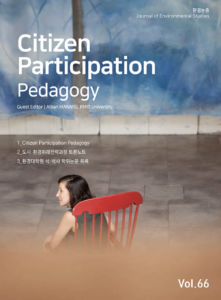Re-making Corralas
Spaces for Creation and Construction of Identity in Seville´s Historic Center
En colaboración con María F. Carrascal y Reyes Abad
The corralas/ corralones [multifamily housing and workshops around a central patio], spaces for creation, key pieces of urban language and collective identity in Seville. Possibilities of adaptation and protection as symbolic heritage
Spread throughout the city, the corralas/ corralones[1] are a clear and functional element of identity as an essential piece of Sevilla´s urban language, that serve as a model for the study and knowledge of the local cultural production and its social implications, as well as for research of the urban question.
This concept of corrala has also been carried out in contemporary times to other types of fundamentally industrial spaces, where other species of corralas are constituted but with a less material sense of identity and which does not correspond to the same typology of house patio. Flexible spaces that in contemporary times, since the second half of the 20th century, have been absolutely ideal for creative activities and co-creation.
Those physical places of ordinary appearance, hidden behind the modern conception of landscape, like islands of silence, and shaped by the communities who inhabit them, who with their common actions, habits, traditions and encounters (that is, all the non-commercial relations that provide identity to a social group), define the territory.
These spaces constitute Ethnological Heritage in Danger. Given the private nature of these places and the continuous threat of disappearance conditioned by real estate pressures and other economic factors, this work aims to understand, from a historical and territorial perspective, the urban, anthropological, sociological and ecological dimension of these sites in order to consolidate a complete picture of their significance and to guarantee the survival of these unique and dynamic spaces of enormous social, cultural and urban value.
In order to justify this phenomenological study of the corralas, the specific case of “El Pelicano” has been chosen due to its popularity or prominence in the collective imagination and its impact as an urban mark. Interviews and a photographic work are main tools for this work. In addition to the documentation already written by other authors, the field work, through interviews and a photographic work, will be the fundamental tool for the development of this work.
[1] Corral, corrala, corralón, hereinafter any of these meanings will refer to the same concept.
Gross Ariza, Macarena, Abad, Reyes, Carrascal Pérez, María Fernanda:
Re-making ‘Corralas’: Spaces for Creation and Construction of Identity in Seville’s Historic District.
Proyecto fotográfico urbano de Macarena Gross con fotografía de portada.
En: Journal of Environmental Studies. 2020. Vol. 66. Pag. 240-269.
